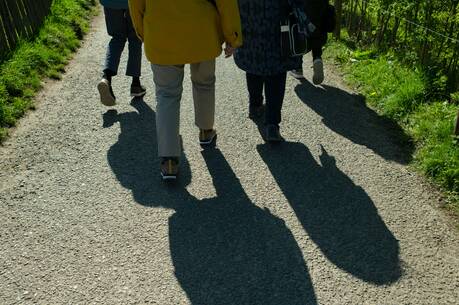The Beginning of the End
In a recent issue of Natural History, the astrophysicist Neil de Grasse Tyson, director of the Hayden Planetarium, wrote, If the events that span the 15 billion year timeline of the universe were laid along the length of a football field, then all of human history would span the thickness of a blade of grass in the end zone, and the denouement is the still uncertain fate of the universe. As a new liturgical cycle begins, the first Sunday of Advent again reminds us that our lives are caught up in a cosmic drama and that history will end with the return of Christ and the redemption of humanity.
While the Bible does not teach science, and the diverse images of the end time should not be interpreted literally, Luke and Paul urge that Christians live not only looking back to what Christ has done for them, but should live with an eye toward the future. Despite the emphasis throughout his Gospel on the joyful benefits of God manifest in Jesus, in this apocalyptic section Luke’s Jesus is more concerned about negative behavior: carousing, drunkenness, concern for the anxieties of daily life. Jesus here virtually paraphrases the Lord’s Prayer in asking for God’s protection in the time of trial. Paul, who when writing 1 Thessalonians expected Jesus to return in his lifetime, is more positive. He prays that while waiting, his community may abound in love for one another and for all, strengthen their hearts and conduct yourselves to please God.
All of us know how a coming major event, such as a wedding, a graduation, visits from friends or an examination, can shape our lives. These readings and Advent’s stress on the second coming, as we prepare to celebrate the first coming of Jesus in history, remind us that Christians should shape their faith in terms of hopes as well as of memories. Jeremiah promises a time when Jerusalem will be secure and the people will call the Lord our justice. In a world where peace and justice seem so impossible to achieve, Advent tells us that even in the face of suffering and death we must never let hope die, and that by expressing our hope in love for one another we will create a portion of the promised future.
This article also appeared in print, under the headline “The Beginning of the End,” in the November 25, 2000, issue.







